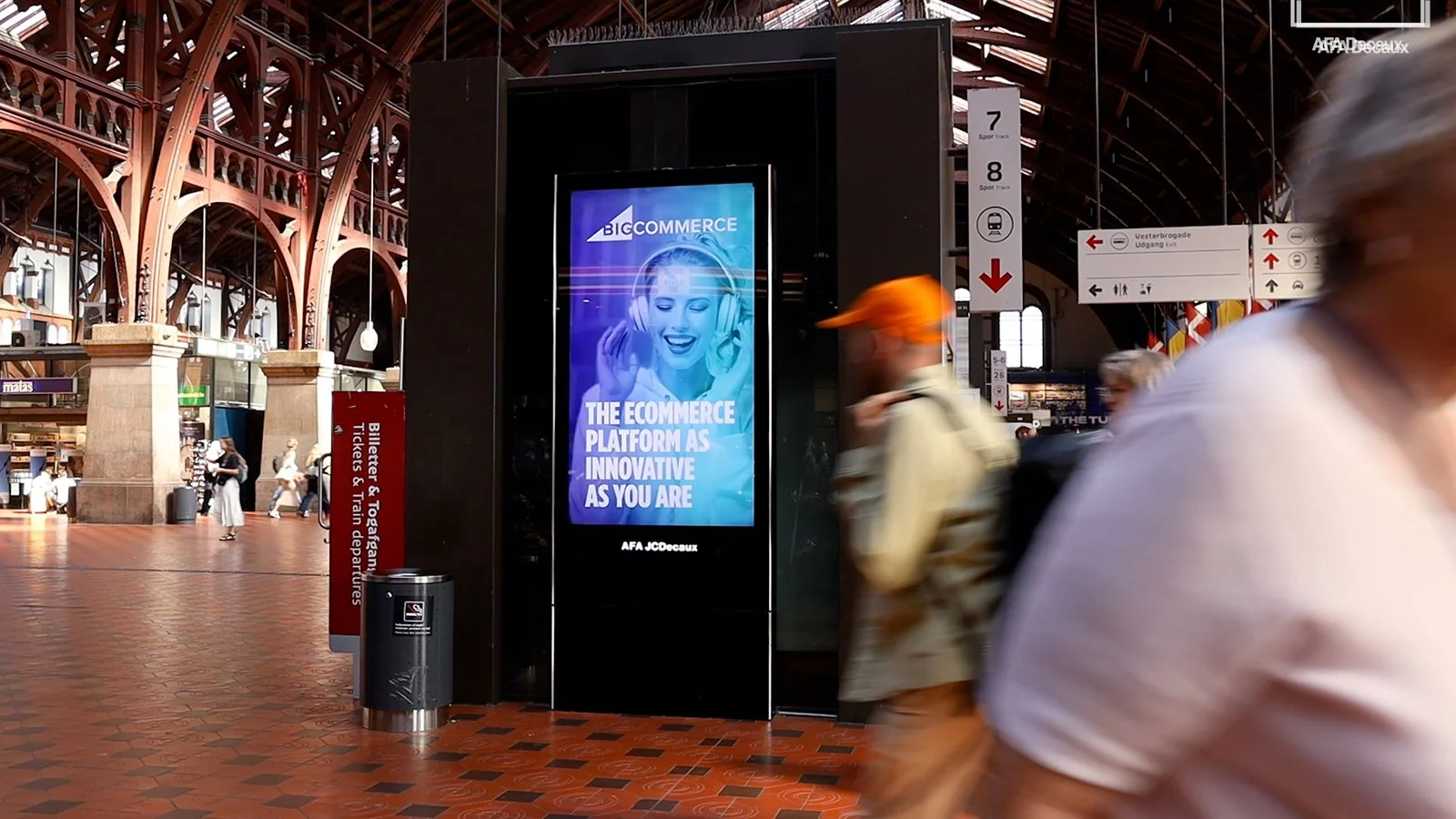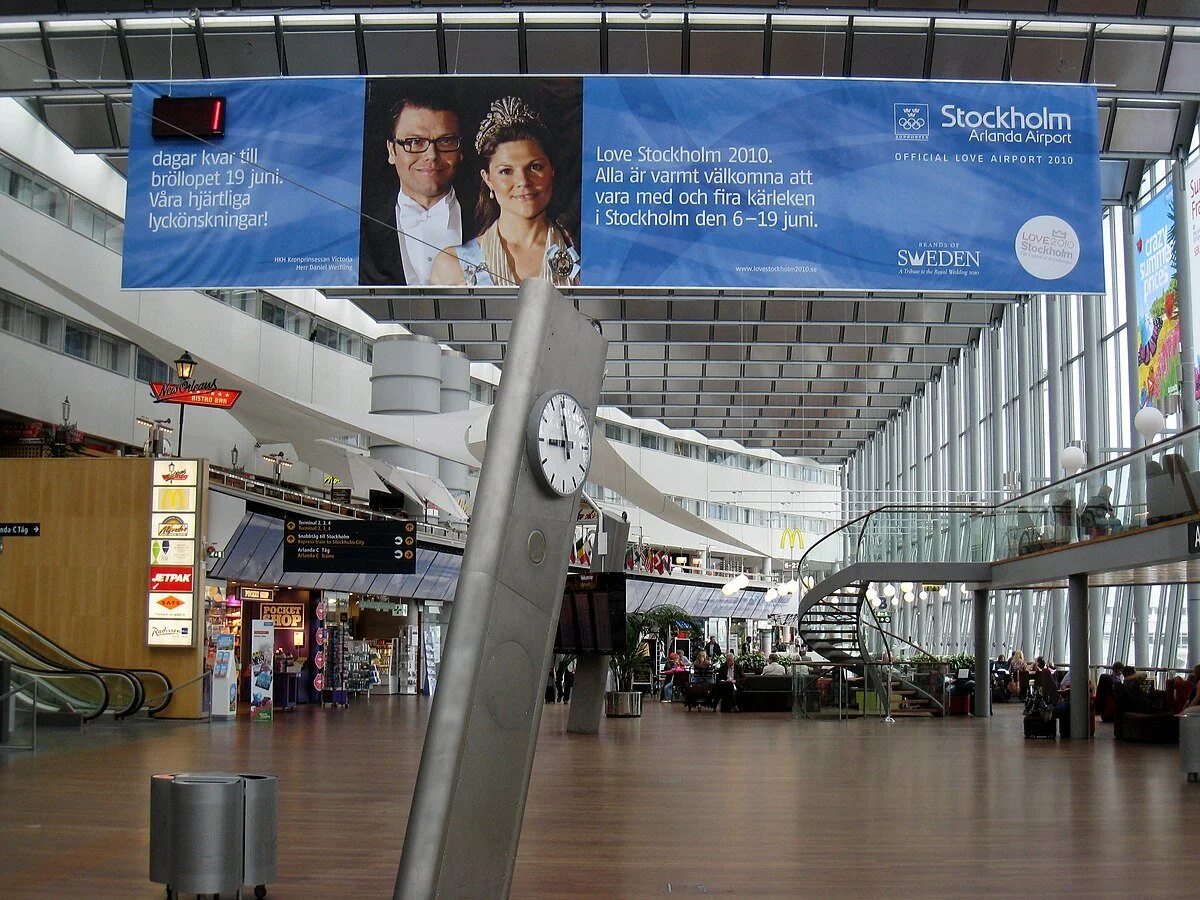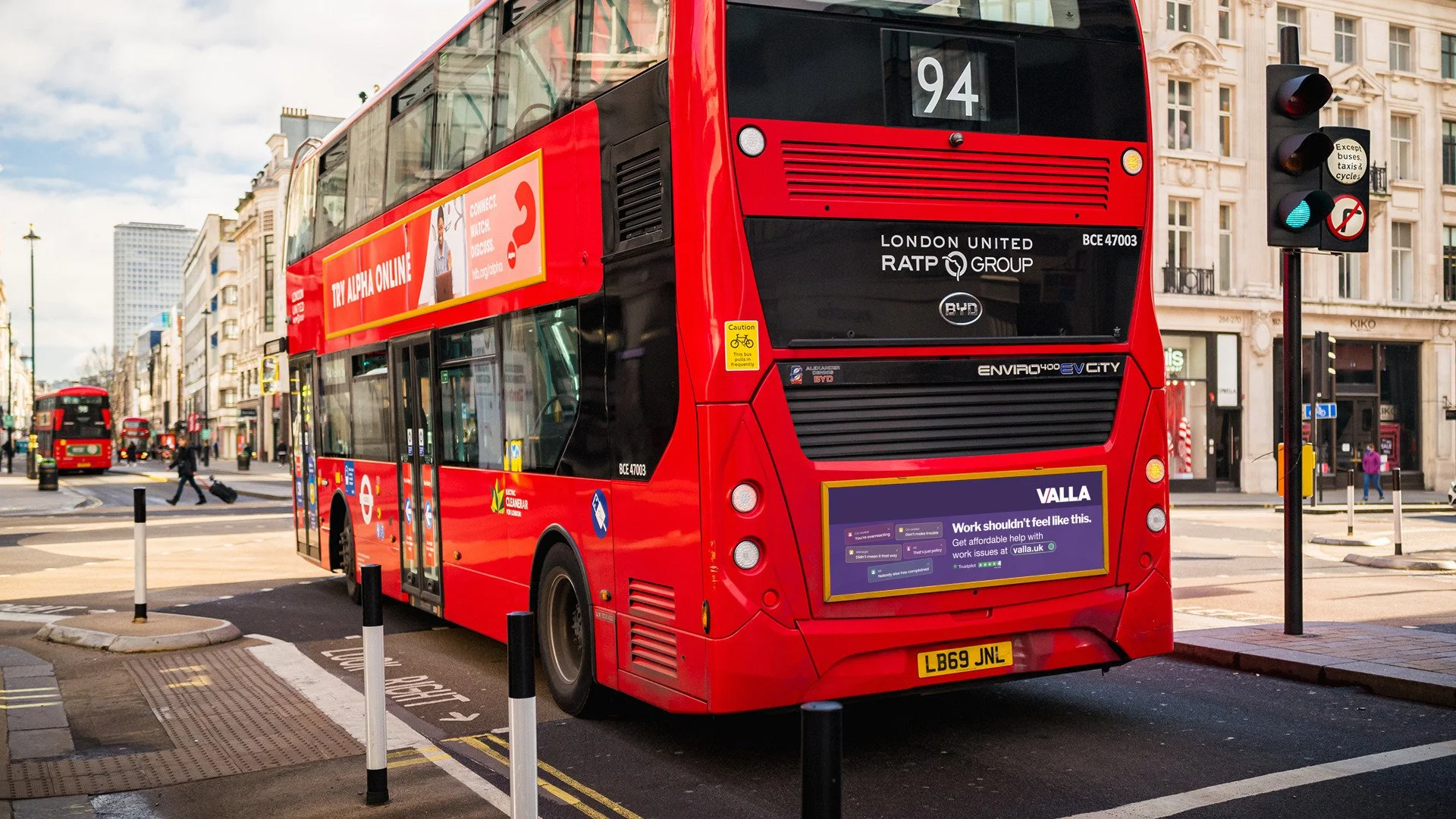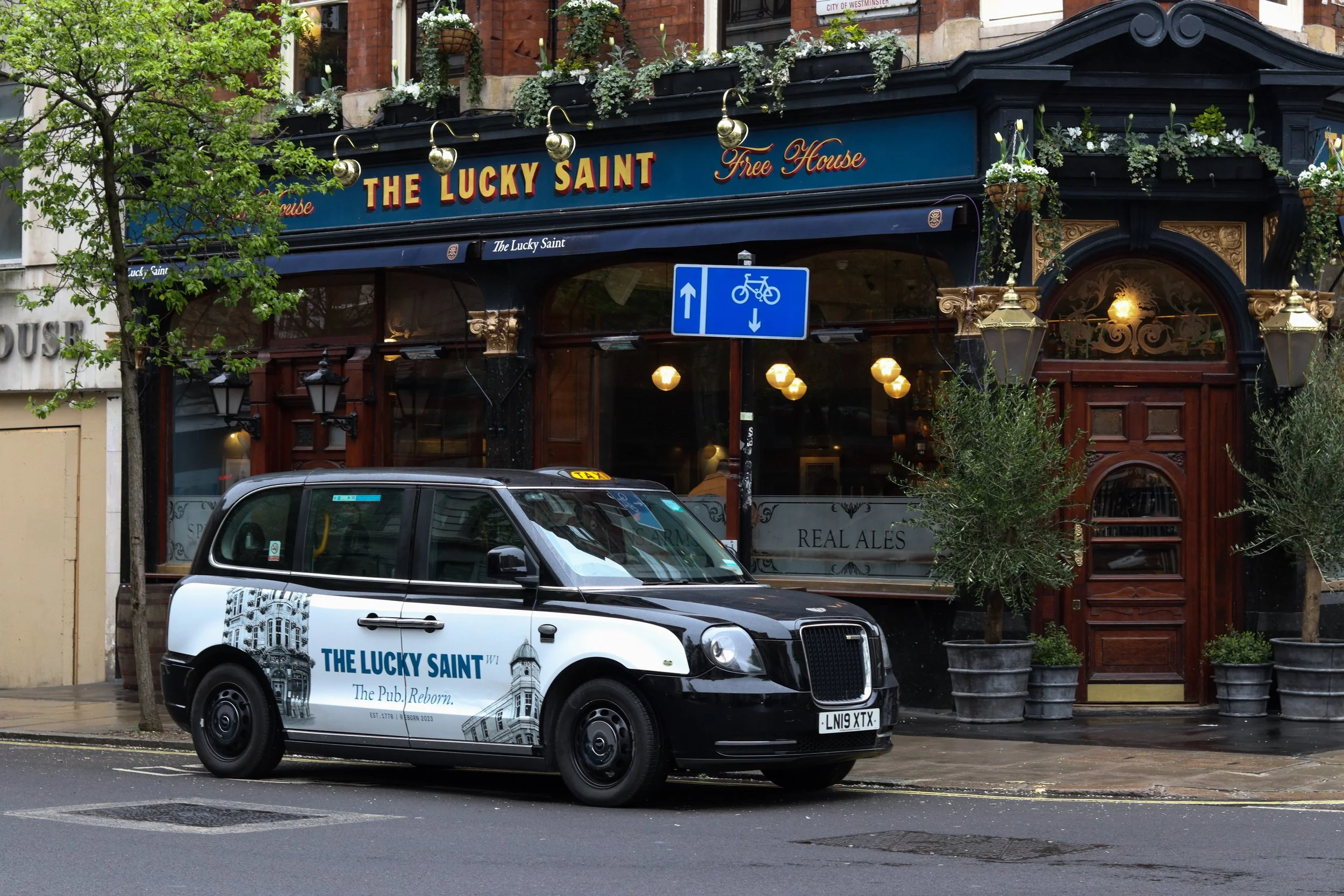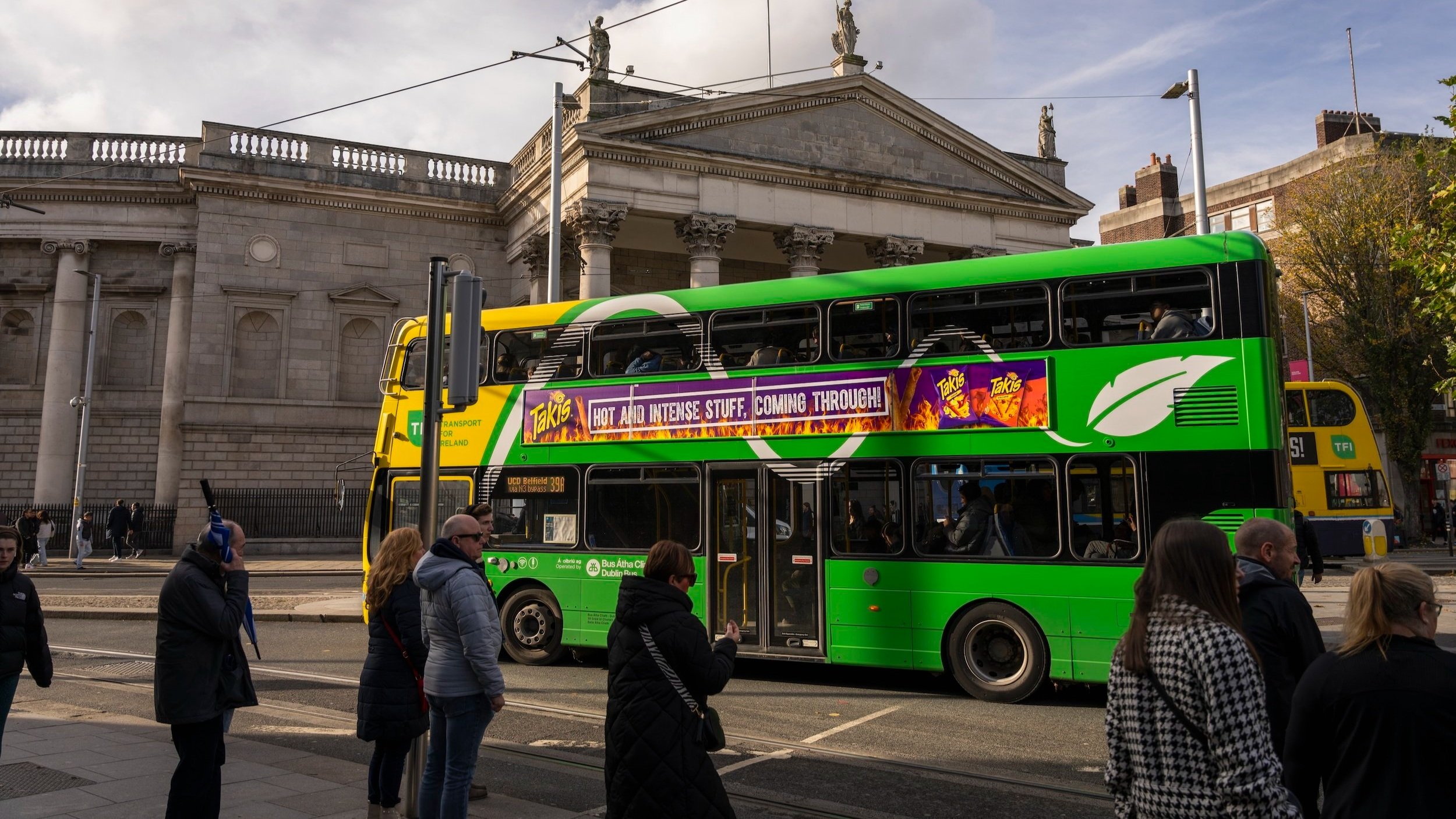The benefits of advertising on Public Transport.
Train Station Advertising - Digital 6 Sheet.
Key Takeaways
Public transport advertising delivers mass exposure and strong recall, reaching millions weekly across buses, trains and stations. Frequent, repeated impressions during daily commutes help keep brands top of mind.
Its visibility is unmatched, with mobile formats cutting through clutter in busy cities and eye-level placements ensuring effortless engagement. Unlike digital ads, transport advertising cannot be skipped or switched off.
Cost-effective and versatile, transport ads offer multiple formats from bus wraps to airport panels, enabling brands to target specific demographics while achieving higher ROI than many traditional media channels.
A good majority of the UK population use public transport or walk to work every single day, with around 15.6% of the population doing so (1). This provides ample opportunity for brands to target the wide variety of people making their way to work and back each day using public transport.
As a form of out-of-home advertising, public transport is an effective way to capitalise on captive audiences, drive engagement and reach vast amounts of people. How does it do this? Read on to find out.
Exposure
Public transport that is found in densely populated or high-traffic areas offer high exposure. Statistics reveal that around 30 million people see advertising on a bus every week (2) indicating the sheer amount of exposure that transport advertising can deliver and the effectiveness that this method of advertising has when it comes to brand awareness.
As public transport moves throughout towns and cities, your ad is being shown to multiple people of different demographic groups increasing the chance that your message reaches the right people as well as new potential customers. The strategic placement of ads on public transport therefore not only maximises exposure but also ensures that advertisers can tap into a broad cross-section of the population, making it a valuable investment.
Frequency
Frequent exposure to advertising plays a crucial role in building brand awareness. Some public transport users will be exposed to advertising twice a day, meaning there is more than one chance for your advert to be consumed and remembered. What’s more, ad placements in areas with high-dwell times, such as train stations or bus stops ensure capitalising on the wait times, ensuring there’s plenty of time for your ad to be noticed.
In the UK, 86% of bus passengers can recall bus advertising (3) underlining the effectiveness that transport advertising has in leaving a lasting impression. The repetitive nature of transport advertising during daily commutes helps to reinforce brand messaging and contributes to these high recall rates. So when a consumer comes to make a purchasing decision, your brand remains on top of mind and is more likely to be considered.
Visibility
Public transport operates in all types of areas including busy city centres as well as rural country towns. Public transport has the benefit of being clearly visible, which is especially advantageous in busy areas as they can cut through the visual clutter and stand out amongst other advertisements.
Their bright and bold colours help to attract the attention of passersby and their mobility allows these (what are essentially) mobile billboards to be positioned in front of the right people to ensure maximum visibility.
Ads that are at eye level are even more noticeable and require little effort from the viewer to engage with them. These ads are in the direct line of sight eliminating the need for audiences to actively seek out the advertisement, ensuring a seamless experience.
Like most outdoor advertising formats, you can’t switch them off. With a TV commercial or social media advert, you can scroll away, block or turn it off if you don’t like it but with transport advertising, it’s ‘always on’ meaning your ad is visible 24/7.
Cost-Effective
Transport advertising can be a cost-efficient option in comparison to other forms of advertisement, as it offers the benefit of being highly visible, delivers high frequency and is visually engaging. The cost varies depending on the size, location, duration and format but it’s often less expensive compared to other traditional advertising formats such as TV.
Plus, the return on investment for OOH advertising proves its value. According to Hubspot, within the last few years, every dollar spent on OOH advertising generates $5.97 in product sales - a higher ROI than radio, print and digital. (4)
Variety
There are a number of transport advertisement formats to choose from, including buses, taxi wraps and rail advertising. These formats each have their own benefits, challenges and differences but can also each target specific groups of people and demographics. For instance, advertising in airports can target holidaymakers and frequent flyers whilst advertising on the back of a bus will target motorists as they’re more likely to see them.
The variety of advertising formats means there are options for all business types, requirements and budgets. The versatility of transport advertising makes it an effective choice for advertisers and businesses alike.
Bus Advertising - Superside.
How To Get Started With Transport Advertising
Thinking of incorporating transport advertising into your marketing strategy? At One Day Agency, we are an all-senior team with leading-edge media planning and buying using proprietary software to plan and execute high-performing advertising campaigns across all transport advertising environments and more. Visit our work to find out more about what we do and contact us today to discuss your transport advertising options.
FAQs
What are the 3 main benefits of advertising?
Increase brand awareness
Drive sales and demand
Increase customer reach
What are the benefits of bus rear advertising?
Bus rear advertising is a targeted form of transport advertising that targets motorists driving behind the bus, helping to build brand awareness for your business. Remember, there are other bus advertising formats such as bus streetliner advertisements, bus t-side ads and bus supersides.
Why is bus advertising effective?
Bus advertising is effective because it has the ability to reach just about anyone. It is highly visible and can cut through visual clutter, making it stand out amongst other advertisements. This is particularly true for bus advertisements that use bright imagery and bold colours.
References
If you want to learn more about advertising on public transport, reach out to us today.

